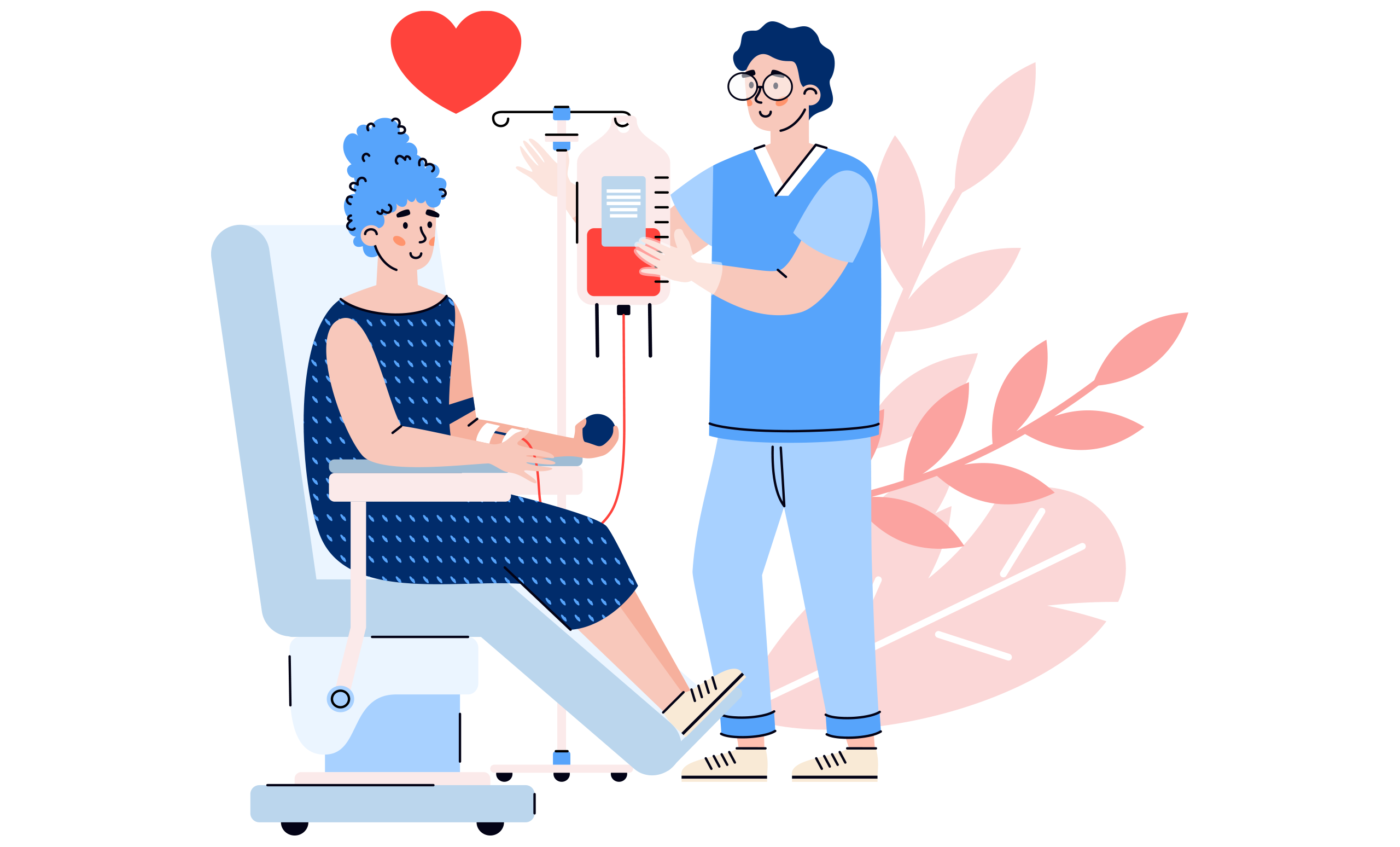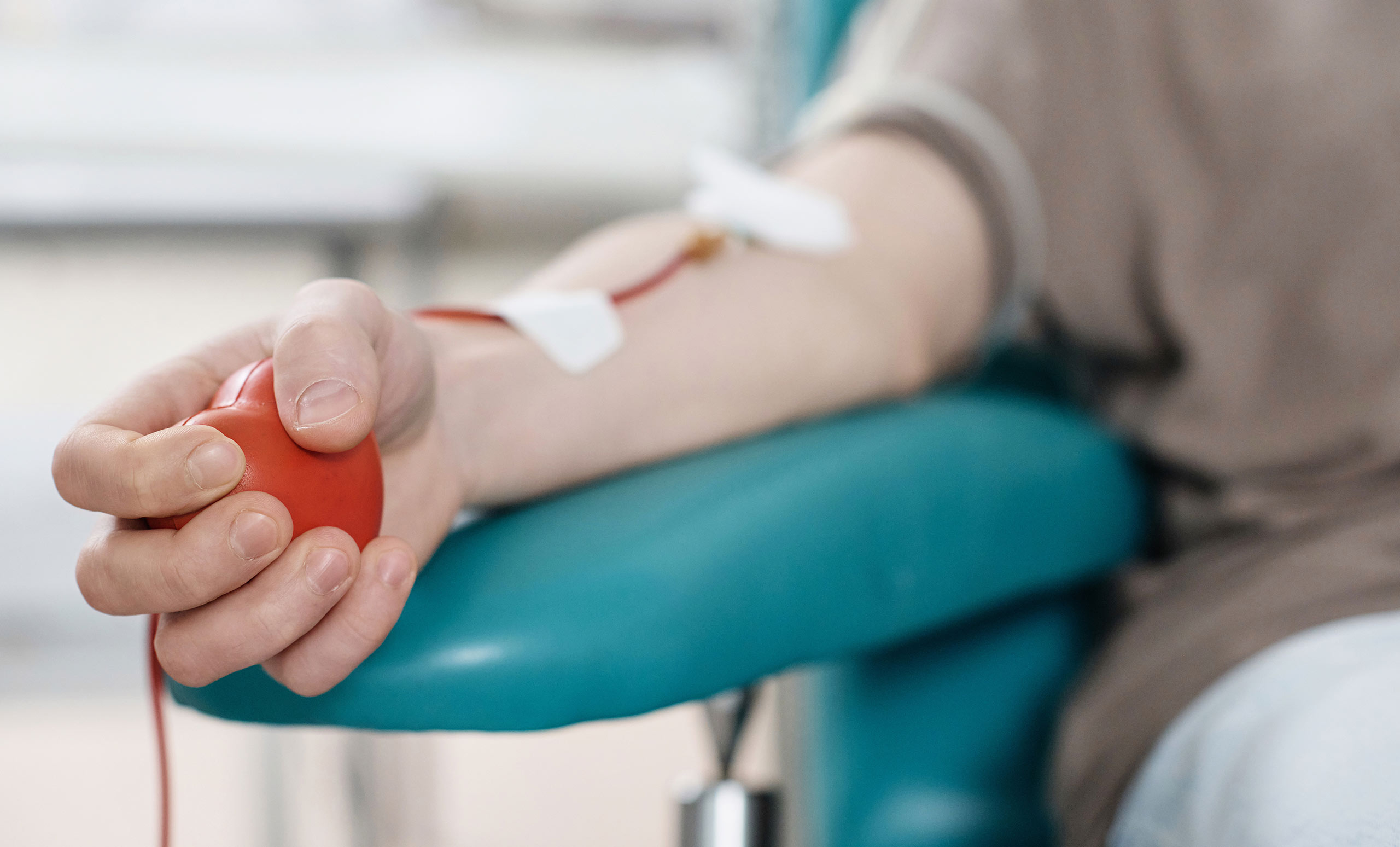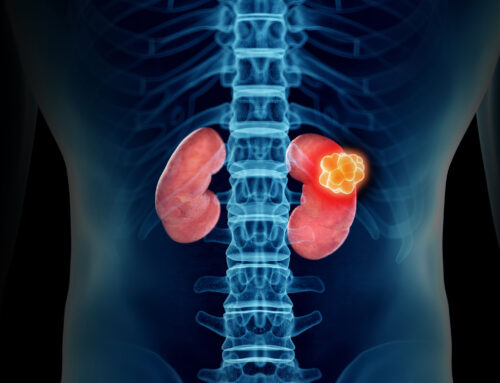Donating blood is one of the most selfless things we can do for others and is also a crucial contribution to public health. The need for blood is ever-present, with someone in the United States requiring a blood transfusion every two seconds. Despite this critical demand, only about three percent of the country’s population donates blood each year. During National Blood Donor Month this January, we honor these lifesaving heroes and encourage others to join their ranks.
The History of National Blood Donor Month
In 1970, President Richard Nixon officially proclaimed January as National Blood Donor Month. This initiative aimed to pay tribute to voluntary blood donors and inspire more people to contribute. The timing is significant, as winter presents unique challenges to maintaining a robust blood supply. Harsh weather, seasonal illnesses, and holiday distractions often discourage potential donors, making it a crucial time to remind us all about the importance of donating blood.
Over the decades, National Blood Donor Month has become a time to celebrate the generosity of donors and to recognize their role in saving lives. It is also a call to action for new donors to participate in this life-changing act of kindness.
Donating Blood Process
The process of blood donation is straightforward and rewarding. Here is what you can expect:
- 1
Registration and Health Screening – Upon arrival at a donation center, donors complete a registration form and undergo a brief health check to ensure they meet eligibility requirements.
- 2
Donation – A trained healthcare professional collects about one pint of blood, a process that typically takes 8-10 minutes.
- 3
Testing and Processing – The donated blood undergoes rigorous testing for infectious diseases before being processed into components such as platelets, red cells, and plasma.
- 4
Distribution – The blood is then distributed to hospitals and clinics, ready to save lives.
This simple yet impactful process enables donors to contribute directly to the health and recovery of others. A healthy adult can donate blood every eight weeks, so regular donations can turn this act of generosity into an ongoing cycle of lifesaving support.

Facts About Blood Donations
Understanding the significance of blood donation can motivate more people to participate. Here are some facts about blood donations that highlight their importance:
Blood Donations in Hospice Care
Blood donations can be crucial for supporting hospice patients as well. Hospice advocacy emphasizes providing comfort and improving the quality of life for those with progressive illnesses. For some patients, blood transfusions can alleviate symptoms like fatigue and shortness of breath, enabling them to enjoy precious moments with their loved ones.
By maintaining a steady blood supply, we ensure that hospice care providers have the resources to support their patients effectively. There is a vital connection between hospice and blood transfusions; thus, a broader blood donation network is fundamental.

How to Observe National Blood Donor Month
There are many ways to participate in National Blood Donor Month and make a meaningful difference:
A Call to Action: Join the Lifesaving Mission
National Blood Donor Month is a time for celebration and a call to action. The generosity of blood donors guarantees that hospitals, clinics, and even hospice facilities have the resources to provide lifesaving care. Whether a first-time donor or a seasoned contributor, your kindness brings hope to patients and their families.
Donating blood is a simple yet meaningful way to make a difference. At Ascend Hospice Care, we commemorate National Blood Donation Month, honoring the heroes who donate and inspire others to join this vital cause. Together, we can ensure that every patient, whether in an emergency room, undergoing surgery, or receiving hospice care, has access to the blood they need.
Roll up your sleeves, give the gift of life, and be a part of the lifesaving journey this January and beyond. Your contribution matters more than you know.




